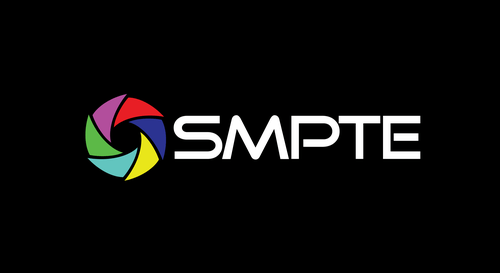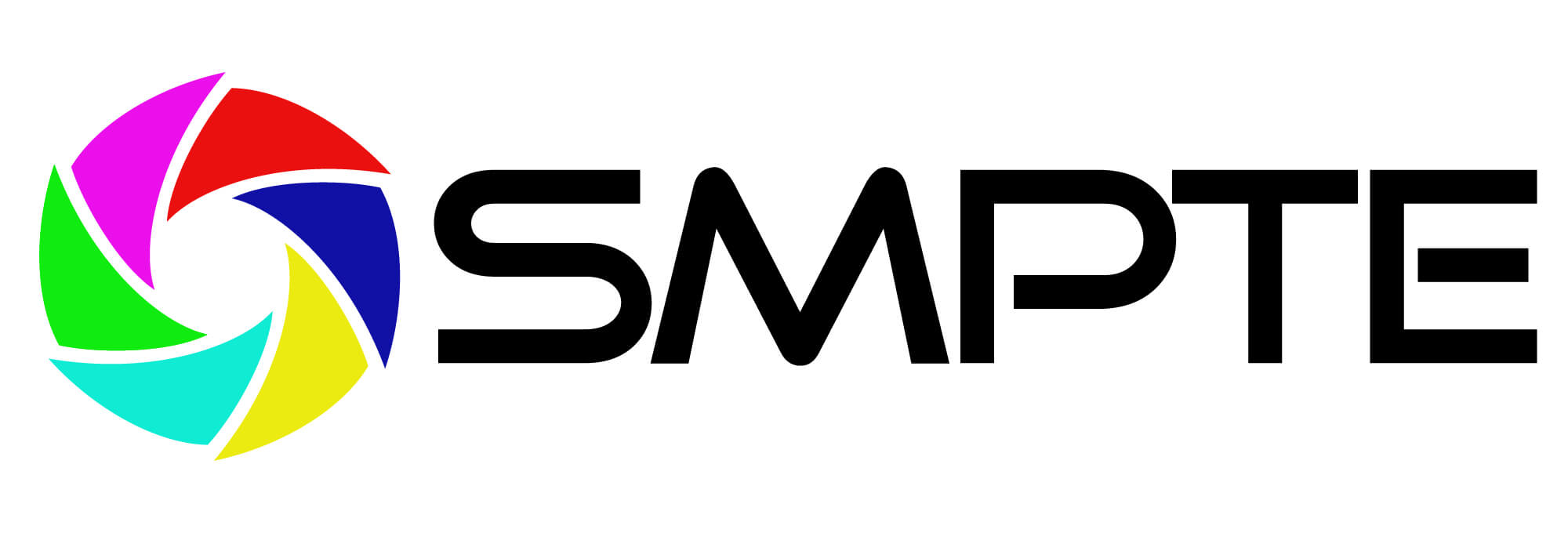The media technology landscape is constantly evolving, driven by the need for seamless interoperability, efficiency, and quality. In a significant development, SMPTE (Society of Motion Picture and Television Engineers) and Avid have collaborated to publish the SMPTE ST 2067-70 standard. This milestone introduces the VC-3 codec into the Interoperable Master Format (IMF) framework, promising enhanced efficiency for broadcasters and content creators.
Understanding SMPTE and Avid’s Contributions to Media Technology
What is SMPTE?
SMPTE is a globally recognized organization committed to advancing media technology. By developing engineering standards and guidelines, SMPTE ensures the interoperability of hardware and software, shaping the future of media production and distribution.
Avid’s Role in Media Technology
Avid is a leader in media technology, offering innovative solutions for broadcast and production workflows. Its DNx family of codecs, including VC-3, is a cornerstone for enterprise media organizations worldwide.
The VC-3 Codec: A Critical Tool for Broadcast Media
What is VC-3?
The VC-3 codec, branded under Avid’s DNx, is a high-performance mezzanine codec widely used for production tasks such as editing, transcoding, and long-term archiving. It delivers high-quality visuals while maintaining efficiency in storage and processing.
Why is VC-3 Important?
VC-3 strikes a balance between superior editing performance and maintaining maximum quality. It is an essential codec for broadcasters, enabling efficient workflows on standard desktop and server platforms.
Introduction to SMPTE ST 2067-70: The New Standard
Overview of SMPTE ST 2067-70
SMPTE ST 2067-70 specifies how the VC-3 codec integrates with the IMF framework. This integration ensures that content retains its quality from production to mastering, archiving, and distribution stages.
Benefits of the New Standard
- Preservation of Creative Intent: Ensures the original quality and creative aspects are maintained during the distribution and archival processes.
- Improved Workflow Efficiency: Reduces the need for transcoding, saving time and resources.
- Predictable Performance: Supports constant bit rate (CBR) profiles for predictable storage and network transport.
Interoperable Master Format (IMF): A Key to Global Media Distribution
What is IMF?
IMF is a family of SMPTE standards designed to provide a single, interchangeable master file format for content distribution. It simplifies creating multiple versions of audiovisual content for different platforms and territories.
The Role of IMF in Media Workflows
IMF has become a critical component of modern content fulfillment systems, enabling:
- Simplified delivery processes.
- Efficient versioning for global distribution.
- Enhanced compatibility across platforms and territories.
Why VC-3 in IMF Matters
Integrating VC-3 into IMF bridges a critical gap in media workflows, ensuring that mezzanine-quality codecs used in production can seamlessly transition to mastering and distribution stages.
How SMPTE ST 2067-70 Impacts Media Organizations
Streamlining Media Workflows
The new standard reduces redundancy in production pipelines. Content encoded in VC-3 no longer requires additional transcoding for IMF compliance, eliminating potential quality degradation.
Cost and Time Savings
With the ability to pass through previously encoded content, broadcasters and production facilities save on storage and processing costs while achieving faster turnaround times.
Enhancing Compatibility
By aligning with the IMF framework, VC-3 becomes a more versatile choice for global distribution, catering to the diverse needs of broadcasters and content creators.
Collaboration with the Digital Production Partnership (DPP)
DPP’s Role in the New Standard
The DPP, an organization representing the media supply chain, collaborated with SMPTE and Avid in developing this standard. The goal was to address workflow challenges and offer practical solutions for content creators using VC-3.
Workflow Advantages
- Ease of Updates: Facilitates easy incorporation of changes before creating the final IMF deliverable.
- Faster Turnarounds: Streamlines processes for quicker distribution.
Key Statements from Industry Leaders
Avid’s Perspective
Shailendra Mathur, Avid’s VP of Technology, highlighted the significance of the new standard, stating, “This newly published standard will ensure that the same mezzanine-quality codec used in production can now be passed through to the IMF mastering stage for distribution.”
DPP’s Insight
David Thompson, DPP Technology Strategist, emphasized the collaboration’s success, noting, “This addition meets a clear business need for companies who use VC-3 as their primary production codec and wish to adopt IMF for distribution and archiving.”
Looking Ahead: The Future of VC-3 in IMF Workflows
Potential Industry Impact
The adoption of SMPTE ST 2067-70 is poised to revolutionize how broadcasters and production facilities manage content. By enabling seamless transitions between production and distribution stages, this standard sets a new benchmark for efficiency.
Expanding Adoption
As more media organizations recognize the advantages of VC-3 within the IMF framework, the standard is expected to gain widespread adoption, further solidifying its role in the media supply chain.
Conclusion
The publication of SMPTE ST 2067-70 marks a transformative moment for the media industry. By integrating VC-3 into the IMF framework, SMPTE and Avid have addressed critical workflow challenges, offering broadcasters and content creators a reliable, efficient, and high-quality solution. This standard not only preserves the creative intent but also simplifies global content distribution, ensuring that the media industry remains future-ready.
FAQs
1. What is the primary purpose of SMPTE ST 2067-70?
The standard specifies how the VC-3 codec integrates with the IMF framework, streamlining workflows and preserving content quality for distribution and archiving.
2. How does VC-3 benefit media production?
VC-3 offers high-quality visuals, efficient storage, and superior editing performance, making it ideal for broadcast and production tasks.
3. What is the significance of IMF in media workflows?
IMF simplifies creating multiple versions of content for different platforms, ensuring compatibility and efficiency in global distribution.
4. How does the new standard save time and costs?
By eliminating the need for transcoding, SMPTE ST 2067-70 reduces processing time and storage costs while maintaining content quality.
5. Who collaborated on the development of SMPTE ST 2067-70?
SMPTE, Avid, and the DPP worked together to address industry challenges and create a standard that enhances media workflows.













